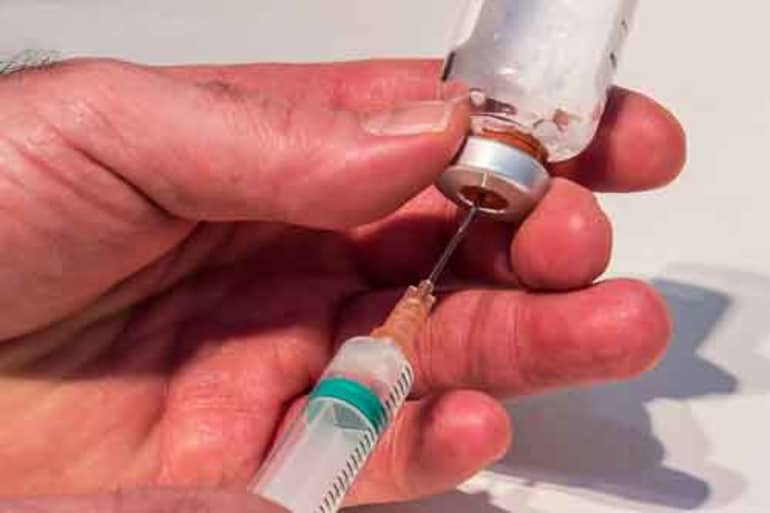Methamphetamine use is pretty harmful from the beginning but meth use long-term comes with even more negative effects. The drug affects you both physically and psychologically, leaving a rounded impact on you in the long run. It’s one of the most harmful substances available in regards to the effects it leaves behind.
Meth use seemed to be on the decline compared to the earlier 2000s. However, the 2017 National Survey on Drug Use and Health saw higher rates of use than the previous year’s survey. In 2017, 1.6 million people reported using meth at least once in the past year, compared to 1.3 million in 2016. Of those people, 774,000 used it in the past month.
Understanding the dangerous results of meth use long-term might sway some from trying it in the first place. Or it might help others look for the help necessary to quit. Continue reading to learn more about the effects of methamphetamine on your body over time.
Meth Use Long-Term: What is the Impact?
Methamphetamine is a powerful, potent stimulant drug, similar to prescription amphetamines. It is a bitter, white, crystalline substance usually found in small shards or crushed into powder. People usually use it in one of three ways: smoking it from a pipe, snorting it once it’s crushed, or cooking it down and injecting it intravenously. The drug goes by a few different names:
- Crystal meth
- Speed
- Ice
- Tweak
- Crank
Meth causes a massive increase in energy levels and talkativity, decreases appetite and sleep, and gives the user a heightened sense of euphoria. These enticing side effects hook the user quickly and keep them wanting more. This causes many people to binge use meth. They’ll continue using for hours or days at a time until they eventually “crash,” or come down hard.

Effects of Long-Term Meth Use
The effects of meth use long-term depend on how long you used it for, how much you used, and the way you used it. Obviously those who used meth heavily for years experience more severe long-term effects than those who tried it for a few months. Additionally, people who injected the drug find they often live with more severe side effects.
General Effects of Methamphetamine
One obvious effect of meth use long-term is developing a substance abuse or addiction problem. Again, people most commonly binge use methamphetamine and it’s a highly addictive drug. A person’s tolerance, or the amount needed to get them to the state they want to be in, increases quickly. As their tolerance rises they might find themselves hooked.
Meth use long-term also leads to an overall drop in mood and sense of well-being. The drug affects a user’s dopamine levels and some eventually rely on the drug to feel “okay.” Often people keep using to avoid the withdrawal symptoms that kick in when the drug wears off, like severe depression and anxiety. This leads to a greater chance of substance abuse or addiction.
Long-term meth users put themselves at risk for developing a mental illness or disorder. Meth leads to extreme anxiety, confusion, erratic moods, aggressive or violent behavior, and insomnia. Users might also experience various psychotic symptoms. Paranoia is an incredibly common side effect for many users, along with hallucinations and delusions.
Meth use long-term also plays a role in brain function. Chronic users rewire their brains and leave themselves vulnerable to more lasting cognitive impacts. A few varying methamphetamine side effects depending on the way someone ingests it.
Long-Term Effects of Snorting Meth
Snorting meth is one of the easiest ways to ingest it because it leaves little evidence. It’s dangerous, though, because it can damage or destroy the nasal lining and passages. This may cause a diminished or complete loss of the sense of smell. It also leaves people more susceptible to infections since the nose is responsible for filtering air before it enters the body.
Intravenous (IV) Meth Use Long-Term Effects
Intravenous (IV) meth use refers to the practice of cooking down methamphetamine then injecting it into a vein with a needle. IV meth use becomes more common after developing a tolerance because it helps the drug hit faster. But intravenous use comes with its own dangerous set of side effects.
IV users often end up re-using dirty needles which may cause skin infections or eventual abscesses. If they repeatedly inject in the same spots they might collapse the vein. Those who share needles are in danger of developing harmful health problems, especially hepatitis, HIV, or tuberculosis.

Effective Treatment for Meth Use Long-Term
Someone with a meth abuse problem first has to separate from and quit using the drug. No type of treatment will be effective until they get all of the drugs out of their system. Detox is a helpful option if they find they can’t stop using drugs on their own.
After separating from drugs, cognitive behavioral therapy and other types of behavioral therapy are effective. Since methamphetamine has such a massive impact on a user’s psychological state, it leaves many lasting things to work on.
Addiction treatment facilities are a perfect environment to work through early recovery. From the detox process to the following first few months, treatment facilities like Hawaii Island Recovery have you covered. Well-rounded, holistic treatment approaches tailored to your specific case offer you the best chance at recovery.
Give us a call at 877-721-3556 to find out how we can help you today!
 Hawaii Island Recovery
Hawaii Island Recovery 










